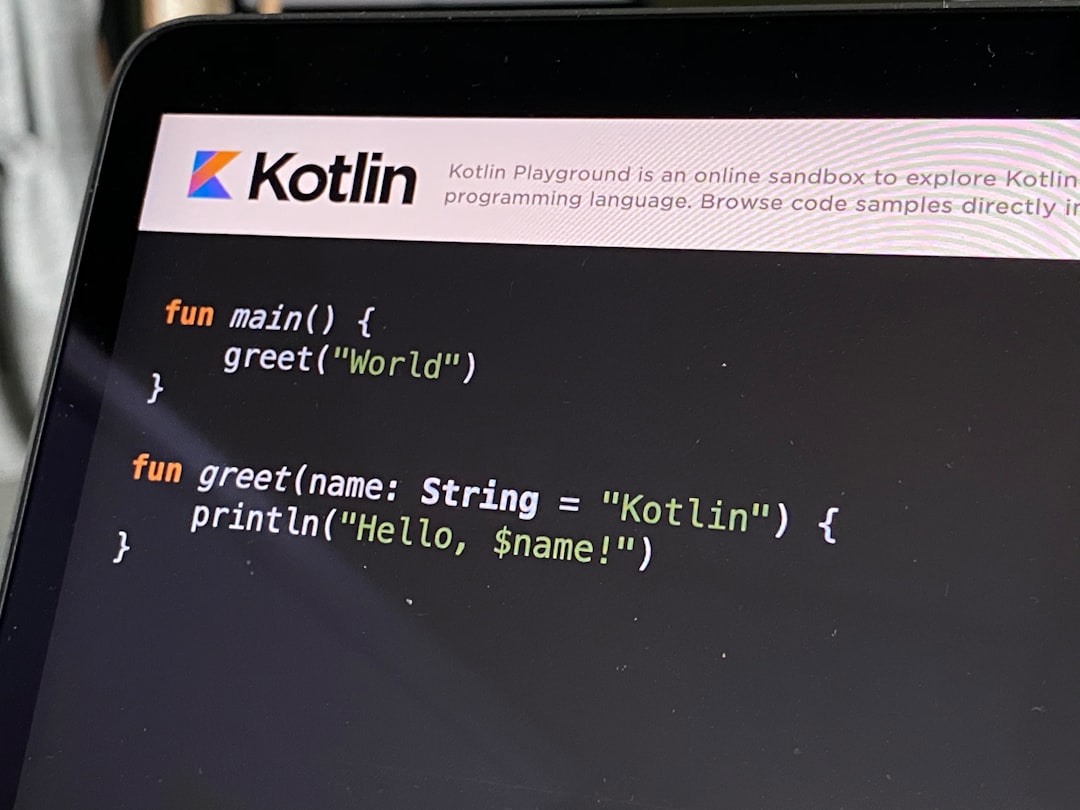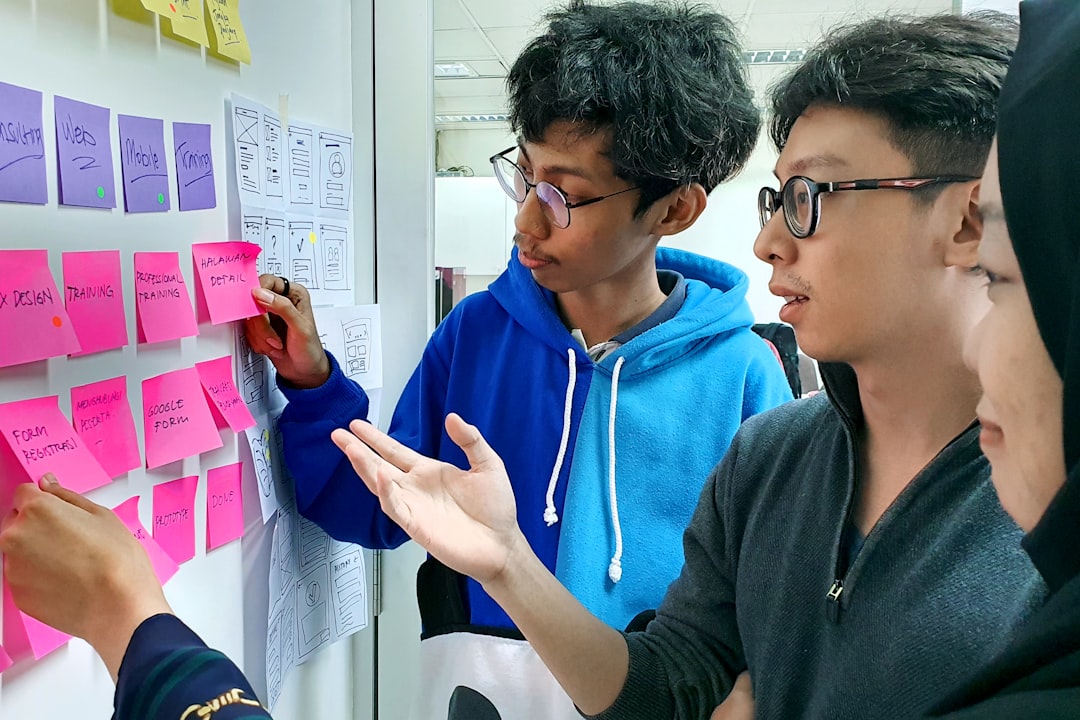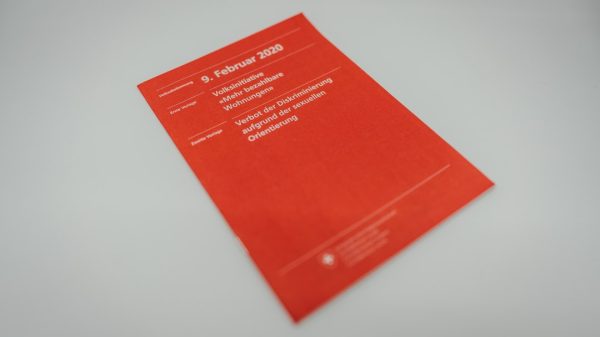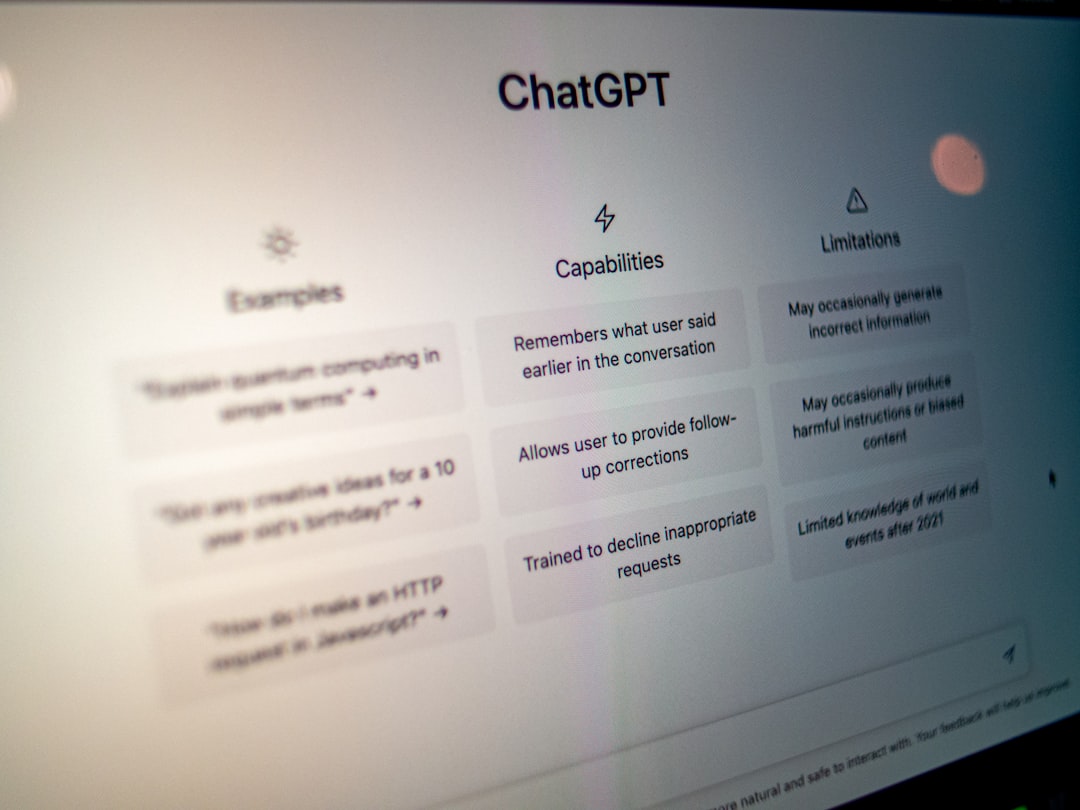Prompt libraries have rapidly become one of the most talked-about concepts in the AI community as 2025 unfolds. With the meteoric rise of generative AI tools like ChatGPT, Claude, and Bard, users are now frequently turning to curated databases of prompts to optimize their interactions with these advanced systems. The explosion in both the utility and popularity of prompt libraries is not a coincidence—it’s the result of significant shifts in how people interact with AI, demand personalization, and seek greater efficiency in their workflows.
The Rise of Prompt-Centric Workflows
In the early days of large language models, users engaged in simple and often vague interactions. As AI matured, its ability to understand nuanced prompts improved significantly. This evolution pushed users to become more deliberate and strategic in their phrasing—sparking the need for *prompt engineering*. With that, prompt libraries emerged as central tools to assist users in forming complex, effective prompts tailored to specific tasks.
These libraries serve as a bridge between AI capabilities and user creativity, eliminating guesswork and enabling faster, more accurate utilization of AI technologies.

Why Are Prompt Libraries Booming in 2025?
1. Democratization of AI Access
As AI tools become more embedded into mainstream applications and platforms—such as Google Workspace, Microsoft 365, Notion, and even WhatsApp—the need to understand and effectively command these systems is becoming critical for every type of user. From students and writers to business analysts and salespeople, everyone wants to harness AI’s power. Prompt libraries offer ready-made access points for these users, creating equity in interaction and productivity.
2. Developer and Enterprise Adoption
Enterprises are also leaning into AI technologies more than ever. From drafting customer emails to generating code snippets, businesses are integrating AI into every department. However, enterprise use of AI demands *consistency* and *scalability*—which prompt libraries deliver by offering version-controlled, shareable, and customizable prompt sets.
3. Open Source & Community-Driven Innovation
The open source AI movement has been instrumental in fueling the growth of prompt libraries. Communities on GitHub, Reddit, and Discord have released thousands of high-quality prompts for everything from resume writing to data visualization. Many prompt libraries now allow voting systems, tags based on use-cases, and even plugin support. Thanks to community contributions, users can expect a wide variety of prompts for any imaginable use case.

4. AI Model Specialization and Prompt Sensitivity
Modern AI models are not one-size-fits-all. In 2025, popular models are increasingly being specialized—some excel at scientific reasoning, others at storytelling or debugging code. Prompt libraries provide an invaluable way to navigate this specialization. They now include metadata such as the best-suited models, expected output types, estimated token usage, and contextual tips. This metadata allows both new and experienced users to select precisely the prompt that will yield the best performance from a given model.
5. Enhanced Prompt Engineering Tools and Frameworks
New frameworks, tools, and plugins that facilitate prompt engineering are also contributing to the boom in libraries. Chrome extensions, integrated developer environments (IDEs), and plugins for applications like VS Code or Figma now support real-time prompt insertion. This seamless integration drives even more demand for accessible, high-quality prompt libraries.
- PromptChainer – a tool to build prompt pipelines
- PromptForge – allows version control of prompt libraries
- PromptPlayground – a visual environment to test and tweak prompts before deploying
Popular Prompt Library Platforms in 2025
Several platforms have emerged as leaders in hosting and distributing prompt libraries. These platforms focus on ease of search, integration, customization, and sharing.
- FlowPrompt: A freemium solution with advanced auto-tagging and model compatibility filters.
- PromptBase: Initially a marketplace, now also a freeware library with community validation mechanisms.
- SuperPrompt.io: Designed for teams, offering real-time collaboration, analytics, and API-driven workflows.
- AIPromptHub: GitHub-style interface for prompt authorship and version control.
These platforms allow users to browse prompts by category, intent, and even complexity. With constant community inputs, the collections continue to evolve and get more sophisticated.
New Professions Around Prompt Libraries
One of the most unexpected yet game-changing developments has been the emergence of new roles like Prompt Curators and Prompt Designers. These professionals understand how to reverse-engineer AI behaviors, fine-tune wording, and architect prompt chains. Organizations are now hiring these specialists to create proprietary prompt libraries that offer competitive advantages in everything from customer service to product development.
Other emerging roles include:
- Prompt Optimization Analyst
- AI Writing Strategist
- Conversational UI Architect
The Future of Prompt Libraries
As AI continues to integrate into everyday life, the importance of communicating effectively with these machines will grow. Prompt libraries may evolve into something akin to plugin libraries or code repositories seen in software engineering. In fact, some experts predict that within a few years, a universal prompt standard could emerge, including licensing formats, best practices, and even prompt-building certifications.
Moreover, as AI models themselves begin to suggest, evaluate, or even improve prompts autonomously, libraries may shift from static collections to dynamic, self-improving ecosystems.

Conclusion
The explosion of prompt libraries in 2025 is fueled by a complex interplay of technology, accessibility, community collaboration, and the growing need for efficient human-AI communication. Whether it’s in a classroom, boardroom, or personal productivity suite, prompt libraries are reshaping how individuals and organizations leverage the power of generative AI. As AI’s role in society deepens, prompt engineering—and by extension, prompt libraries—will remain a cornerstone of meaningful human-machine interaction.
FAQ
What is a prompt library?
A prompt library is a curated collection of text prompts designed to help users interact more effectively with AI systems like ChatGPT, Claude, or other large language models.
Who uses prompt libraries?
Prompt libraries are used by a wide range of people including educators, developers, content creators, marketers, data analysts, and more. Enterprises are also building internal prompt libraries for specific workflows.
Are prompt libraries free?
Many prompt libraries are free or open-source. However, premium libraries that offer specialized prompts or enterprise-level features may come with subscription models or licensing fees.
How can I contribute to a prompt library?
Most prompt libraries encourage community contributions. You can usually submit prompts via their platform, GitHub, or community forums, where they may be reviewed and tagged by moderators or curators.
What skills are needed to build effective prompts?
Effective prompt engineering requires skills in clear writing, logical structuring, a basic understanding of how generative AI models work, and some experimentation to fine-tune responses.
Can AI generate its own prompts?
Yes, many advanced systems in 2025 can generate, adjust, and optimize their own prompts based on prior outputs and user goals. However, human-curated prompts are still essential for strategic and high-impact tasks.
Will prompt libraries become obsolete?
Unlikely. While AI may automate some aspects of prompt creation, curated libraries offer reliability, repeatability, and transparency—making them a lasting resource, especially in professional contexts.


































